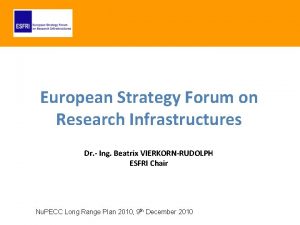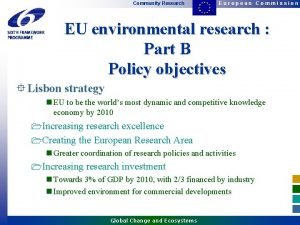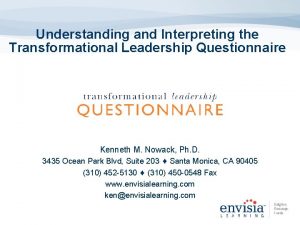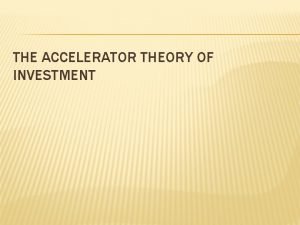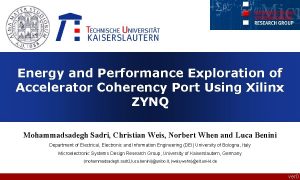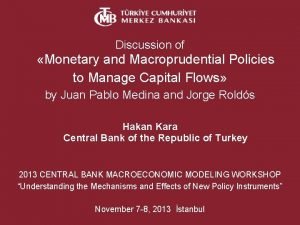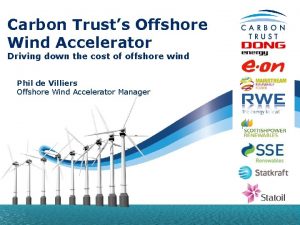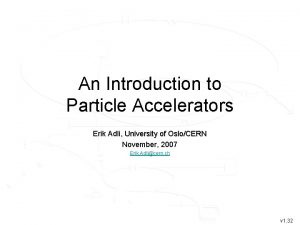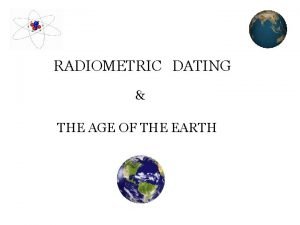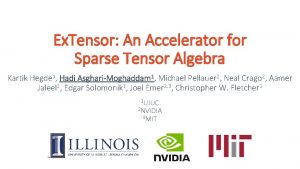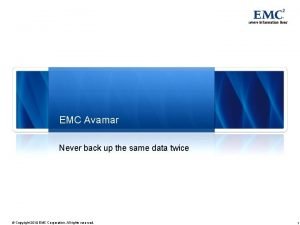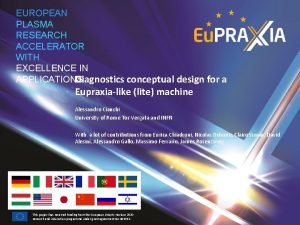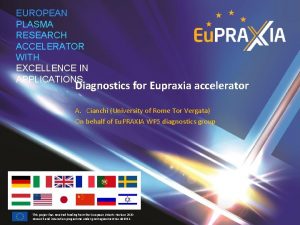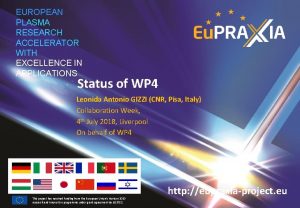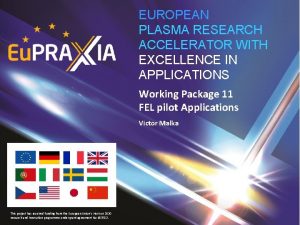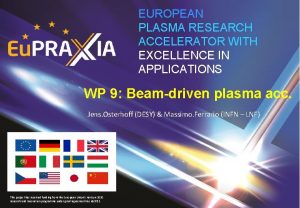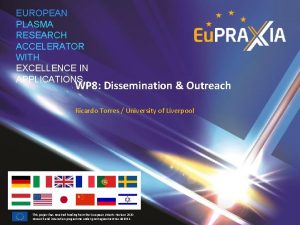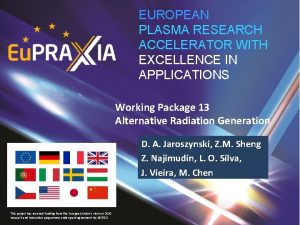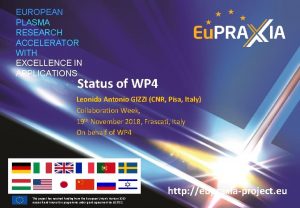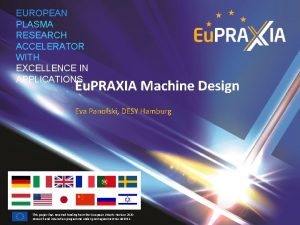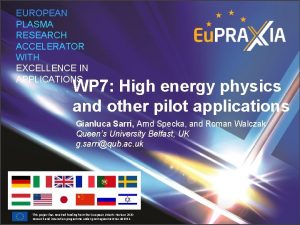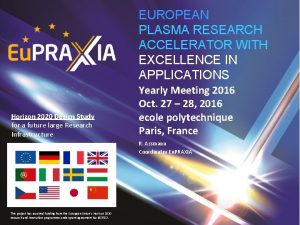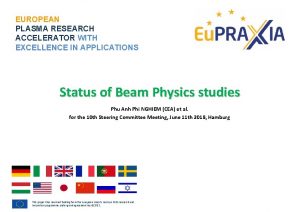EUROPEAN PLASMA RESEARCH ACCELERATOR WITH EXCELLENCE IN High





![Required parameters for injector Quantity Required value (entrance of accelerator) Horizon 2020 [range] Energy Required parameters for injector Quantity Required value (entrance of accelerator) Horizon 2020 [range] Energy](https://slidetodoc.com/presentation_image_h2/88057e0d26af022b2216170eb51f7bf8/image-6.jpg)











- Slides: 17

EUROPEAN PLASMA RESEARCH ACCELERATOR WITH EXCELLENCE IN High Gradient Laser Plasma Accelerating APPLICATIONS Structure (WP 3) B. Cros, Z. Najmudin Eupraxia Yearly meeting, Lisbon, Nov 20 th 2017 This project has received funding from the European Union’s Horizon 2020 research and innovation programme under grant agreement No 653782.

Plasma based accelerator components Horizon 2020 Source of electrons: Driven by laser wakefields in plasmas cells or jets Electron lens: Focussing force associated to azimuthal magnetic field in discharge plasma Electron accelerator in long plasmas: waveguides with channel or homogeneous plasma B. Cros, EUPRAXIA Mid-Term Review 2

Two plasma stages for increased control and beam quality Horizon 2020 WP 2 WP 3 WP 5 WP 3 WP 4 • 1 st stage: strong gain, 2 nd stage: control, filtering and stability during acceleration • Scientific and technical challenges related to stability and synchronisation 20/11/2017 B. Cros, EUPRAXIA Yearly meeting 3

Outline Horizon 2020 • Progress achieved on WP 3 main tasks – suitable plasma schemes for Eupraxia – Requirements to implement plasma components in the beamline – Plasma diagnostics • Next step – Implementation of multistage 20/11/2017 B. Cros, EUPRAXIA Yearly meeting, Lisbon 4

Identifying the best solutions to build a two stage LPA Horizon 2020 • Among the various options for injector or accelerator choose the best way to achieve at the same time quality and stability • Published data analyzed and compared • Simulation and experiments performed to test possible designs 06/11/2017 B. Cros, EUPRAXIA Yearly meeting 5
![Required parameters for injector Quantity Required value entrance of accelerator Horizon 2020 range Energy Required parameters for injector Quantity Required value (entrance of accelerator) Horizon 2020 [range] Energy](https://slidetodoc.com/presentation_image_h2/88057e0d26af022b2216170eb51f7bf8/image-6.jpg)
Required parameters for injector Quantity Required value (entrance of accelerator) Horizon 2020 [range] Energy 150 Me. V [100 – 200 Me. V] Charge 100 p. C [30 – 100 p. C] Bunch length 5 fs (rms) [3 – 20 fs] Repetition rate 10 Hz [1 – 100 Hz] Total energy spread 5 % (rms) [1 – 5 %] Transverse normalized emittance 1 mm. mrad Transverse beam size 0. 58 µm (rms) [0. 5 – 0. 71 µm] Transverse divergence 5. 8 mrad (rms) [5 – 7. 1 mrad] • → Impact of transport on charge, bunch length and spatial properties 06/11/2017 B. Cros, EUPRAXIA Yearly meeting 6

State-of-the art for plasma injector SI : Self Injection CPI : Colliding Pulse Injection Horizon 2020 DGI : Density Gradient Injection III : Ionization Induced Injection M. Burza et al. PRSTAB (2013) B. Cros, EUPRAXIA Yearly meeting 7

Preliminary selection from WP 3 first analysis (MSR 3. 1) Horizon 2020 1. Gas cells as stable media suitable for LPI 2. Waveguides for LPAS: channel or GICT can be used 3. Laser quality and stability essential for reliable operation 4. Efforts on plasma density stabilisation required: more experimental data necessary 5. LPI: combination of schemes (III and density gradient) for control of electron bunch 6. Acceleration of externally injected electrons: more experimental data necessary 06/11/2017 B. Cros, EUPRAXIA Yearly meeting 8

WP 2 -WP 3 Extensive use of simulations for design and optimization 1/2 Horizon 2020 • Design of gas flow in the media to achieve the required gas profile in gas cell or capillaries • The achieved gas distribution is tested experimentally and used in PIC simulations of laser plasma interaction 06/11/2017 B. Cros, EUPRAXIA Yearly meeting 9

WP 2 -WP 3 Extensive use of simulations for design and optimization 2/2 Horizon 2020 • Modelling of injector at 150 Me. V, parametric studies for tailored plasma profile – Tuning of energy 150 -200 Me. V – 4% rms E spread for 30 p. C L=0. 3 m • Modelling of acceleration of externally injected electrons in the accelerator , plasma channel with low density Work in progress: 5 Ge. V output beam with 1% rms spread over 0. 3 m for input beam 0. 5%rms, 1 p. C, 1µm transverse size 06/11/2017 B. Cros, EUPRAXIA Yearly meeting 10

Implementation of plasma components Plasma media for injector and accelerator Compact transport between injector and accelerator Coupling of laser and particle beams from vacuum to and out of plasma Plasma diagnostics for tuning, alignment and operation (see report MS 3. 3) Horizon 2020 • • – Measure and control plasma density with 10% precision or better – Measure amplitude of accelerating field – Compare performance of several diags 20/11/2017 B. Cros, EUPRAXIA Yearly meeting, Lisbon 11

LPGP-LIDYL LPGP Plasma components and transport CNR U Oxford Horizon 2020 • Plasma media for injector , gas cell or gas jet • Plasma media for accelerator: capillary waveguides • Compact transport between injector and accelerator: – magnets or plasma? – Simulations by WP 5 B. Cros et al. IPAC 2017 20/11/2017 B. Cros, EUPRAXIA Yearly meeting, Lisbon 12

Preliminary calculations performed for beam transport Horizon 2020 • Several options compared • Space charge and distributions from LPI need to be included A. Chance, CEA 20/11/2017 B. Cros, EUPRAXIA Yearly meeting, Lisbon 13

Beam coupling, vacuum and radiation management e- Horizon 2020 • e- beam extraction and injection over a short distance • Beam quality preservation Poole 2016, SR Liquid crystal PM • Coupling of laser and particle beams from vacuum to and out of plasma : preforated or plasma mirror , tape based or liquid crystal or liquid jet A. Maier DESY • Vacuum management • Radiation shielding: local and building 20/11/2017 B. Cros, EUPRAXIA Yearly meeting, Lisbon 14

Summary and next steps Horizon 2020 • Most of the work dedicated to LPI 150 Me. V + LPA 5 Ge. V • Requirements for laser quality/stability defined, simulations with measured laser 3 D distributions are underway • Several options are avilbale for the LPI: systematic tests on e- stability need to be performed • Preliminary work on transport achieved: realistic distribution at 150 Me. V needs to be taken into account • Several options available for beam coupling: need for experiments, e. g. to test e- beam quality through plasma mirors • External injection and acceleration in LPA: simulations and experiments needed 20/11/2017 B. Cros, EUPRAXIA Yearly meeting, Lisbon 15

Plasma accelerator design on schedule • • MS 14: MS 20: MS 21: MS 26: Horizon 2020 April 2017 October 2017 July 2018 • October 2018 06/11/2017 B. Cros, EUPRAXIA Yearly meeting 16

Contributions • • Horizon 2020 CNRS : B. Cros, T Audet, G. Maynard P. Lee, F. Matthieu ICL : J. Cole, K. Poder, Z. Najmudin U. Oxford: S. Hooker CNR: P. Koester, P. Tomassini, L. Labate CEA: A. Chance, X. Li INFN: E. Chiadroni, R. Pompili, A. Marocchino INO: F. Brandi STFC: R. Pattathil 20/11/2017 B. Cros, EUPRAXIA Yearly meeting 17
 Eden european destinations of excellence
Eden european destinations of excellence Abu dhabi award for research excellence (aare)
Abu dhabi award for research excellence (aare) European strategy forum on research infrastructures
European strategy forum on research infrastructures European commission community research
European commission community research Grasp model
Grasp model Criticism of accelerator theory of investment
Criticism of accelerator theory of investment Biztalk accelerator for swift
Biztalk accelerator for swift Netbackup accelerator track log
Netbackup accelerator track log Fiscal policy ib
Fiscal policy ib Accelerator coherency port
Accelerator coherency port Financial accelerator
Financial accelerator Offshore wind accelerator
Offshore wind accelerator Proton
Proton Netbackup vmware backup process flow
Netbackup vmware backup process flow Dating
Dating Coherent accelerator processor interface
Coherent accelerator processor interface Extensor: an accelerator for sparse tensor algebra
Extensor: an accelerator for sparse tensor algebra Avamar ndmp accelerator
Avamar ndmp accelerator


